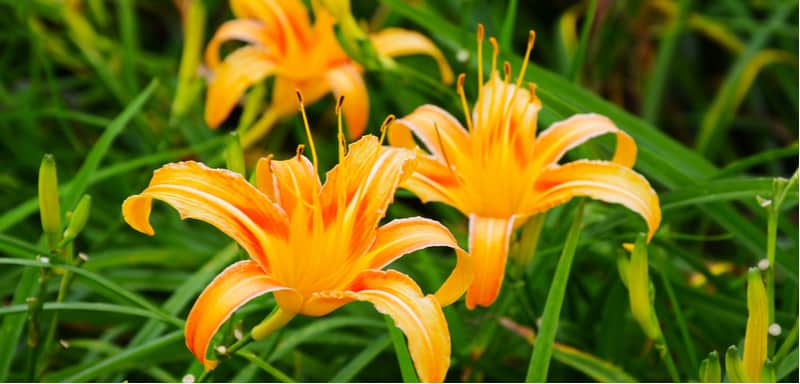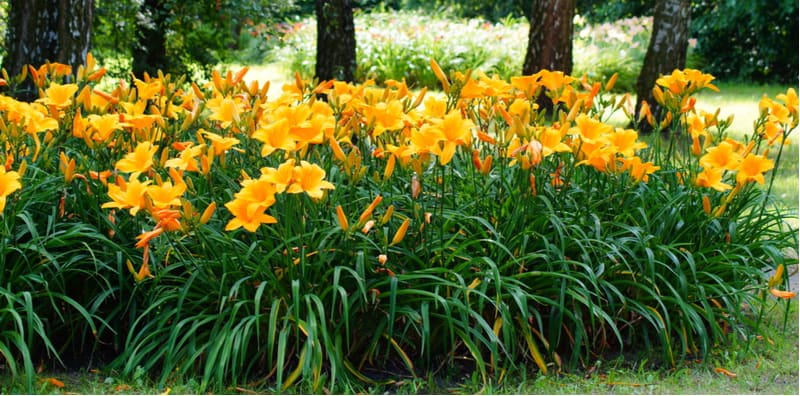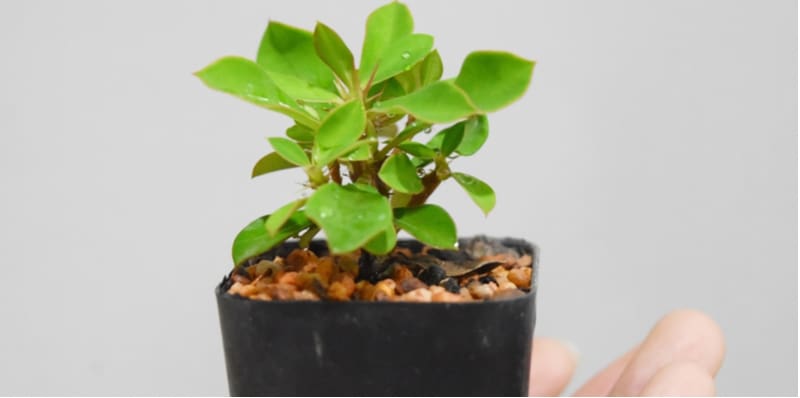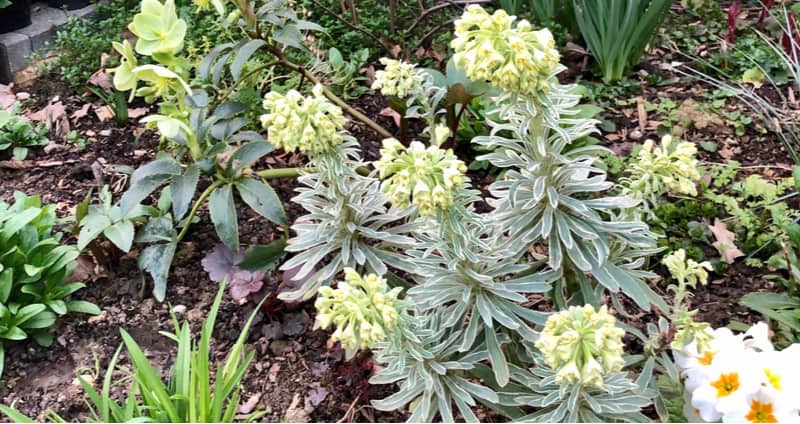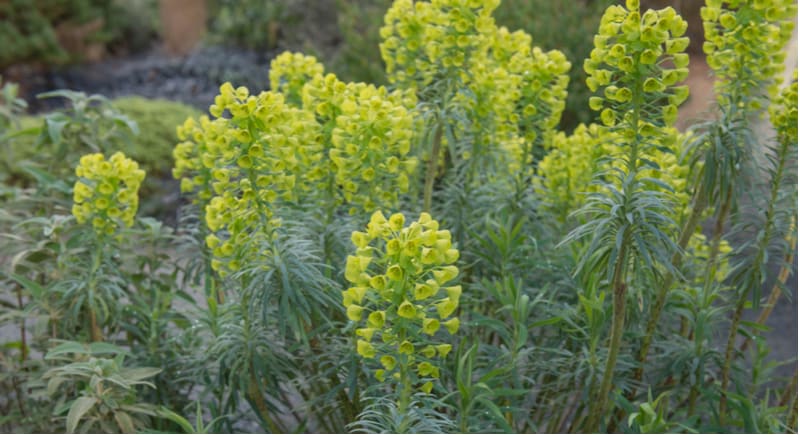Daylilies make a very popular choice in home landscapes and gardens because they produce a great deal of colour and give curb appeal. They are perennials that are known for their adaptation to a range of conditions and their ability to withstand the diverse UK climates. As the name suggests, each Daylily flower is open for only a single day. They provide a profuse range of flowers from a single plant, however, if you have…
Daylilies are beautiful plants that get their name from the fact that they only produce flowers that last one day. However, they produce an abundance of flowers over the course of the summer months so you get a display of flowers on a daily basis somewhat regularly so the name can be a little misleading. You can choose from a wide range of varieties, these come in a large selection of colours including burgundy red,…
Euphorbia plants offer a beautiful onslaught of colour with their bracts of flowers. It can fill a space in your garden quite well and depending on the variety you get, continue to offer flowers year after year. If you already have a successful Euphorbia growing happily in your garden, you might want to consider taking cuttings and propagating more of them. Wear gloves to protect yourself from the milky sap that will irritate your skin…
Euphorbias make a wonderful addition to any garden, not only because of their flowers but thanks to their colourful bracts of foliage that take on a very unique shape. However, there are three different types that you can grow in your garden. Each of which requires different levels of pruning, some are evergreen and just need the flowers cut back, whereas others (which consist of many perennial varieties) need pruning to ground level in autumn.…
Euphorbia comprises a large genus of plants inside of which there are over 2,000 species, meaning there is literally an endless choice of varieties. Of these, around 1200 are succulent species that provide some of the most remarkable shapes and look very similar to cacti. They are cultivated because of the range of foliage in architectural shapes they have but only a few are known for the flowers they produce. Those that do produce flowers…

